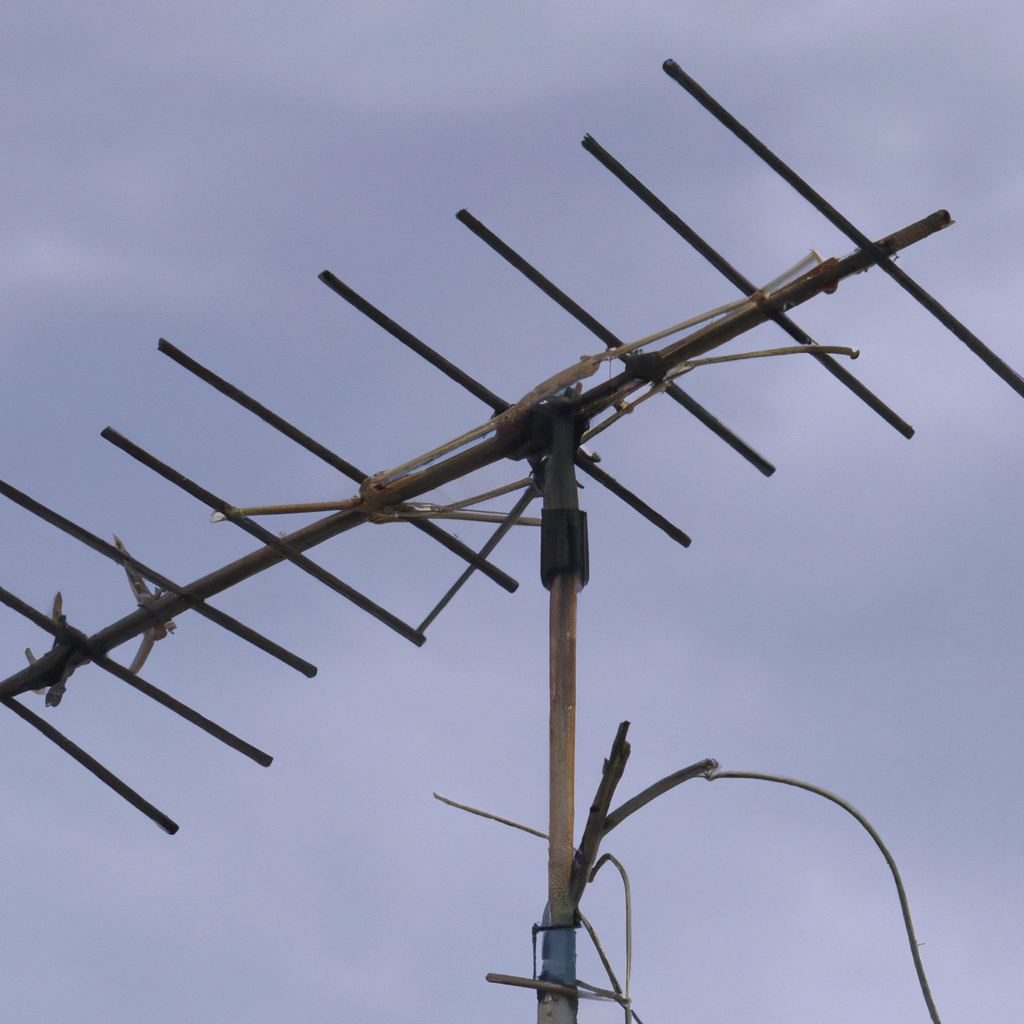Television has been an integral part of our lives for decades. It provides us with entertainment, information, and keeps us connected with the world. However, while we might take it for granted, it is important to understand the technology that enables us to enjoy television. In this article, we will delve into the world of television antennas and answer the question- How does a television antenna work?
Understanding Television Antennas
Television antennas, also known as TV antennas, are devices that receive broadcast signals from television stations and transmit them to televisions for viewing. They have been around since the early days of television and have undergone numerous changes and improvements over the years. Antenna technology has come a long way, and today’s antennas are more powerful and efficient than ever before.
Antenna Reception
The first step in understanding how a television antenna works is to understand antenna reception. Television stations transmit their broadcast signals over the airwaves, and these signals are picked up by antennas. The signals are then sent to the television through a cable or wirelessly.
Antenna Signal Strength
One of the most critical factors in the performance of a television antenna is the strength of the signal. The strength of the signal is measured in decibels (dB), and the higher the dB, the stronger the signal. A stronger signal means a clearer picture and better sound quality.
Antenna Amplification
Antenna amplification is the process of increasing the strength of the signal received by the antenna. This is achieved by using an amplifier. An amplifier is a device that boosts the signal, making it stronger and clearer. Amplifiers are often built into the antenna or can be purchased separately.
Types of Television Antennas
There are several types of television antennas, each with its own advantages and disadvantages. Here are some of the most common types of TV antennas:
1. Indoor Antennas
Indoor antennas are designed to be used inside the home. They are smaller and less powerful than outdoor antennas but are easier to install and maintain. They are suitable for use in areas with strong signal strength.
2. Outdoor Antennas
Outdoor antennas are designed to be used outside the home. They are larger and more powerful than indoor antennas but are more difficult to install and maintain. They are suitable for use in areas with weak signal strength.
3. Directional Antennas
Directional antennas are designed to receive signals from a specific direction. They are ideal for use in areas where the television stations are located in the same direction.
4. Omni-Directional Antennas
Omni-directional antennas are designed to receive signals from multiple directions. They are ideal for use in areas where the television stations are located in different directions.
Conclusion
In conclusion, a television antenna is an essential device that enables us to enjoy television. It receives broadcast signals from television stations and transmits them to televisions for viewing. Antenna technology has come a long way, and today’s antennas are more powerful and efficient than ever before. Understanding how a television antenna works is crucial to getting the best viewing experience possible. By considering factors such as signal strength, antenna reception, and antenna amplification, and choosing the right type of antenna, you can ensure that you get the best possible viewing experience.







